Myself, Neil Metcalfe and Mike Webster (St Andrews) are searching for a suitable candidate to put forward for a PhD studentship in the IAPTEUS2 training program. You can apply here! (deadline January 6, 2023)
How does an animal’s physiology affect its sociability, and how will this be altered in a warming world? Group living is key to foraging, predator-avoidance, migration, and reproduction in many animal species, but the costs and benefits of living in groups differ between individuals, partly in relation to their energetic needs (Ward & Webster 2016; Webster, Whalen & Laland 2017). This leads to variation in the sociability of animals within a species: it is not only in humans that we find a spectrum of social behaviour from those that are gregarious to those that are loners.
This diversity is partially explained by physiological differences. It is a widespread finding that there are consistent differences among members of a species in both their minimum and maximum rates of metabolism, and that this variation in metabolic rates influences a range of behaviours (Metcalfe, Van Leeuwen & Killen 2016). For instance, individuals with a higher metabolic rate are often observed to be less social, possibly because they prioritise food acquisition over the safety of group membership (Killen et al. 2021). It also influences the spatial structure of such groups. For example, the position of an individual within a school of fish is not random, but is influenced by both its capacity for aerobic swimming (Killen et al. 2012) and the energetic costs it incurs when digesting a meal (McLean et al. 2018).
In the case of ectotherms, this means that global warming – which causes increases in metabolic costs – will potentially alter the dynamics of social groups. However, the mechanisms underlying these effects are currently unclear. Metabolic rate is usually measured in terms of oxygen consumption by the whole animal, but using this proxy of metabolic rate may generate variability in links between behaviour and metabolic traits. Furthermore, it provides limited insight into the root causes of variation in metabolic demand and potential links with sociability.
A more informative approach is to examine the production rate of ATP, the molecule that powers all cellular processes. ATP is generated in the mitochondria of cells, which consume oxygen in the process. Interestingly, the efficiency of this process is highly variable: some animals require 2-3 times as much oxygen to produce a molecule of ATP as do others (Salin et al. 2015). This is a striking finding, and has led to work revealing that mitochondrial efficiency predicts whole animal performance, such as variation in growth rate (Salin et al. 2019). Moreover, in the case of ectotherms such as fish, mitochondrial efficiency is a stronger predictor of growth when they are living at high temperatures, when metabolic costs are more severe (Dawson et al. 2022). However, no one has yet examined whether mitochondrial efficiency influence social interactions.
This project will use an experimental approach to test for the first time how the social interactions of shoaling fish are influenced by the efficiency with which an individual’s cells can generate energy; it will also test how these interactions are likely to change in the face of global warming. Preliminary data with a social fish species shows that while some individuals display changes in gregariousness as temperature increases, the sociability of others remains constant. This project will test whether this plasticity in sociability with temperature is underpinned by variation in mitochondrial function. Specifically, individuals least able to thermally compensate at the mitochondrial level may be those that show the greatest changes in social behaviour as environmental conditions shift. This interdisciplinary project will thus combine behavioural ecology with ecophysiology, and will be the first to examine how thermal shifts brought on by climate change will alter the biochemical basis of energy metabolism and the potential links with the costs and benefits of group living.

